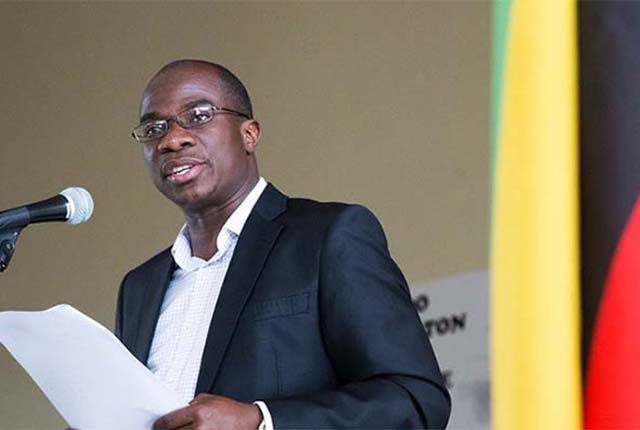Tracing origins of Samba
Samba is a lively, rhythmical dance of Afro-Brazilian origin.
Samba is a dance authentic to black/African people in Brazil who brought much of their music and dance culture into Latin America with, them upon arrival into many Latin American countries. Samba music is very similar to and has been influenced by many Angolan music genres. It has also been influenced by many other Latin American music genres and dances. The Samba music rhythm has been danced in Brazil since its inception in the late 16th century.
There is actually a set of dances, rather than a single dance, that define the Samba dancing scene in Brazil; however, no one dance can be claimed with certainty as the “original” Samba style. Another major stream of the Samba dance besides the Brazilian Samba dancing styles is Ballroom Samba, which differs significantly.
With its roots in Africa via the West African slave trade and African religious traditions, particularly of Angola and the Congo, through the samba de roda genre of the north-eastern Brazilian state of Bahia, from which it derived.
Although there were various forms of samba in Brazil in the form of various popular rhythms and originated from drumming, samba as a music genre is seen as a musical expression of urban Brazil.
Is recognized around the world as a symbol of Brazil and the Brazilian Carnival. Considered one of the most popular Brazilian cultural expressions, samba has become an icon of Brazilian national identity. The Bahian Samba de Roda (dance circle), which became a UNESCO Heritage of Humanity in 2005, is the main root of the samba carioca, the samba that is played and danced in Rio de Janeiro.
The modern samba that emerged at the beginning of the 20th century is predominantly in a 2/4 time signature varied with the conscious use of a sung chorus to a batucada rhythm, with various stanzas of declaratory verses. — Online.









Comments